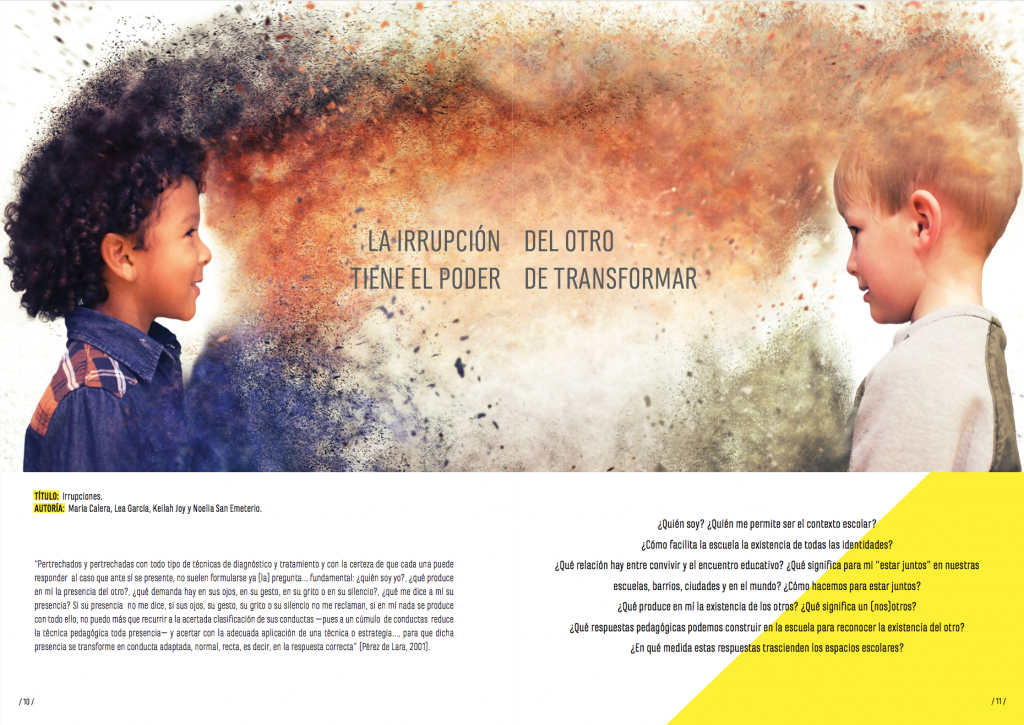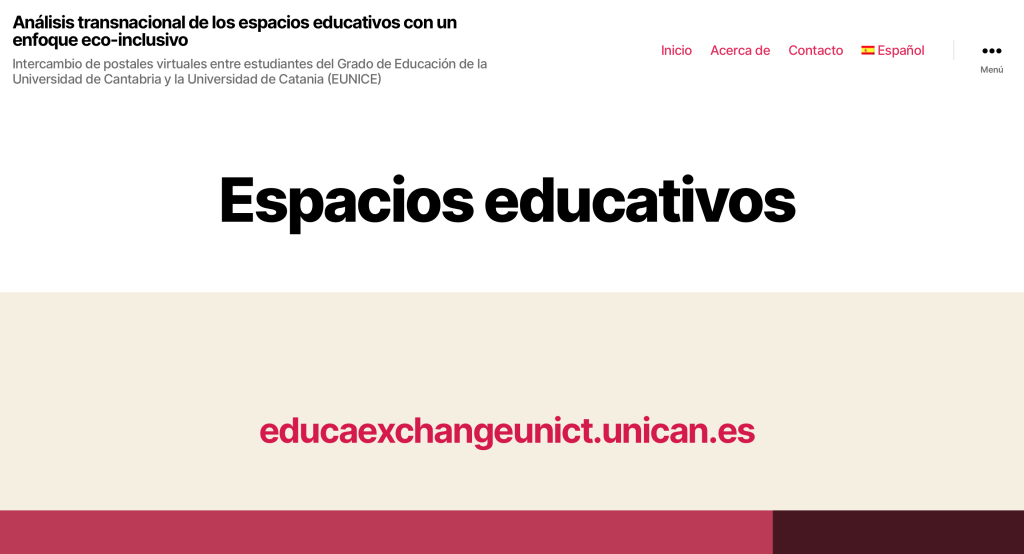Art and inclusion

The european Erasmus+ project “Fostering social inclusion for all through artistic education: developing support for students with disabilities – INARTdis” aims to bring art and culture closer to people with disabilities. As well as, promoting social inclusion by creating participative art spaces.
INARTdis is a project in which different social agents take part (university researchers, co-researchers, cultural managers, cultural mediators, professionals of educational centers and the associative field of disability) in order to design, develop and disseminate inclusive good practices for all.
The project is structured around four complementary work phases:
- Stage 1.Identification of training needs on art and inclusion of professionals in the educational and cultural field.
- Stage 2. Assessment of the inclusiveness of cultural centres in the region and the social participation of students with disabilities.
- Stage 3. Development of training activities in arts education and social inclusion.
- Stage 4. Collaborative design of inclusive artistic projects in the community. This last phase aims to share and disseminate the projects generated in different social contexts to promote the development of good community practices.


Pintures in dialog, inclusive education and the students as co-builders of the curriculum is a project of educational innovation in Higher Education (III Call for Projects of Teaching Innovation of the University of Cantabria. Course 2016/17) that is framed in the logic of experiences that intentionally seek and create opportunities for students -on this occasion of the last years- to become co-creators of the curriculum in higher education.
The project is built on the work that teachers and students carry out in the dialogic meeting spaces inside and outside the classroom, with different interlocutors (university and non-university teachers and students from different groups and educational levels).
Among other results, the collective work gave rise to a visual catalog where the images challenge questions to those who watch it on dilemma topics related to the construction of schools that walk towards inclusion. The images, in this sense, are put at the service of the dialogical discussion on issues of special relevance when we stop to problematize and rethink the school as an institution, as a scenario that can and must be transformed to ensure not only the presence but also the existence of all.


